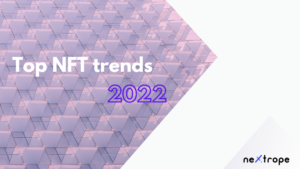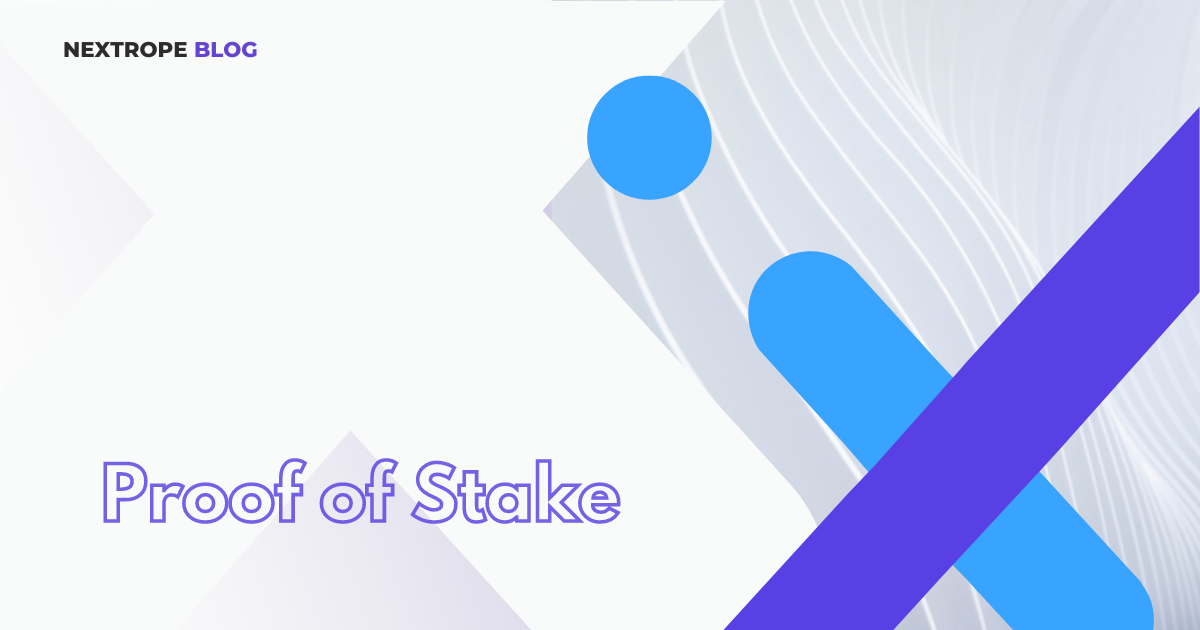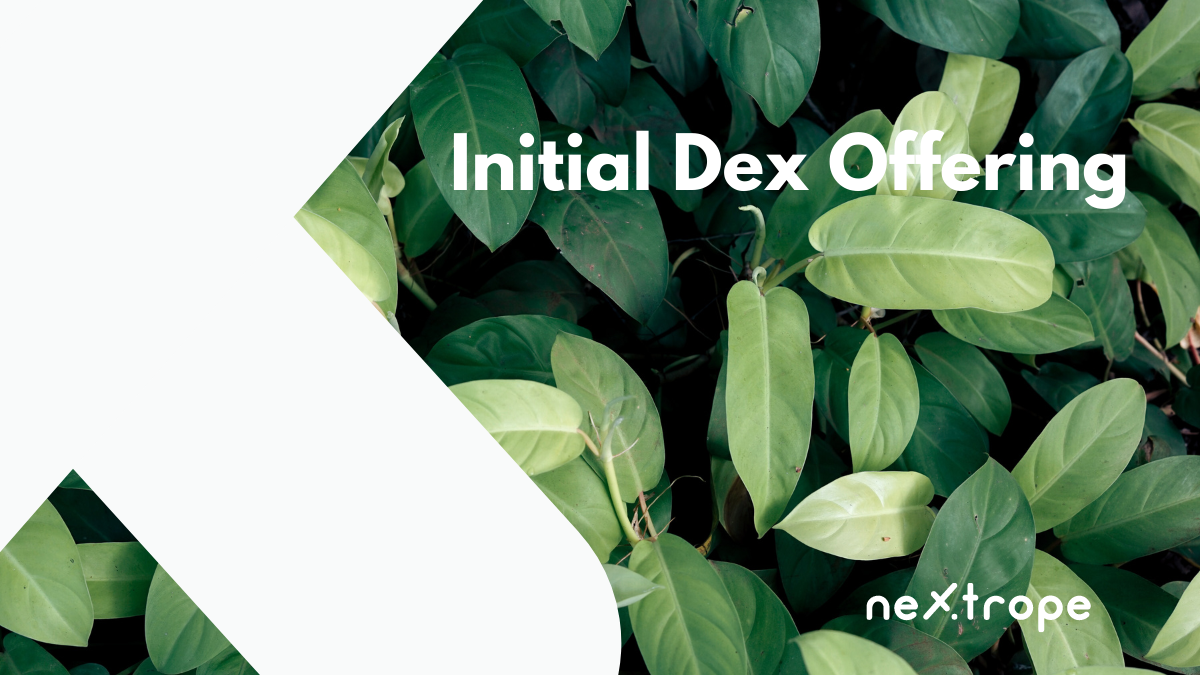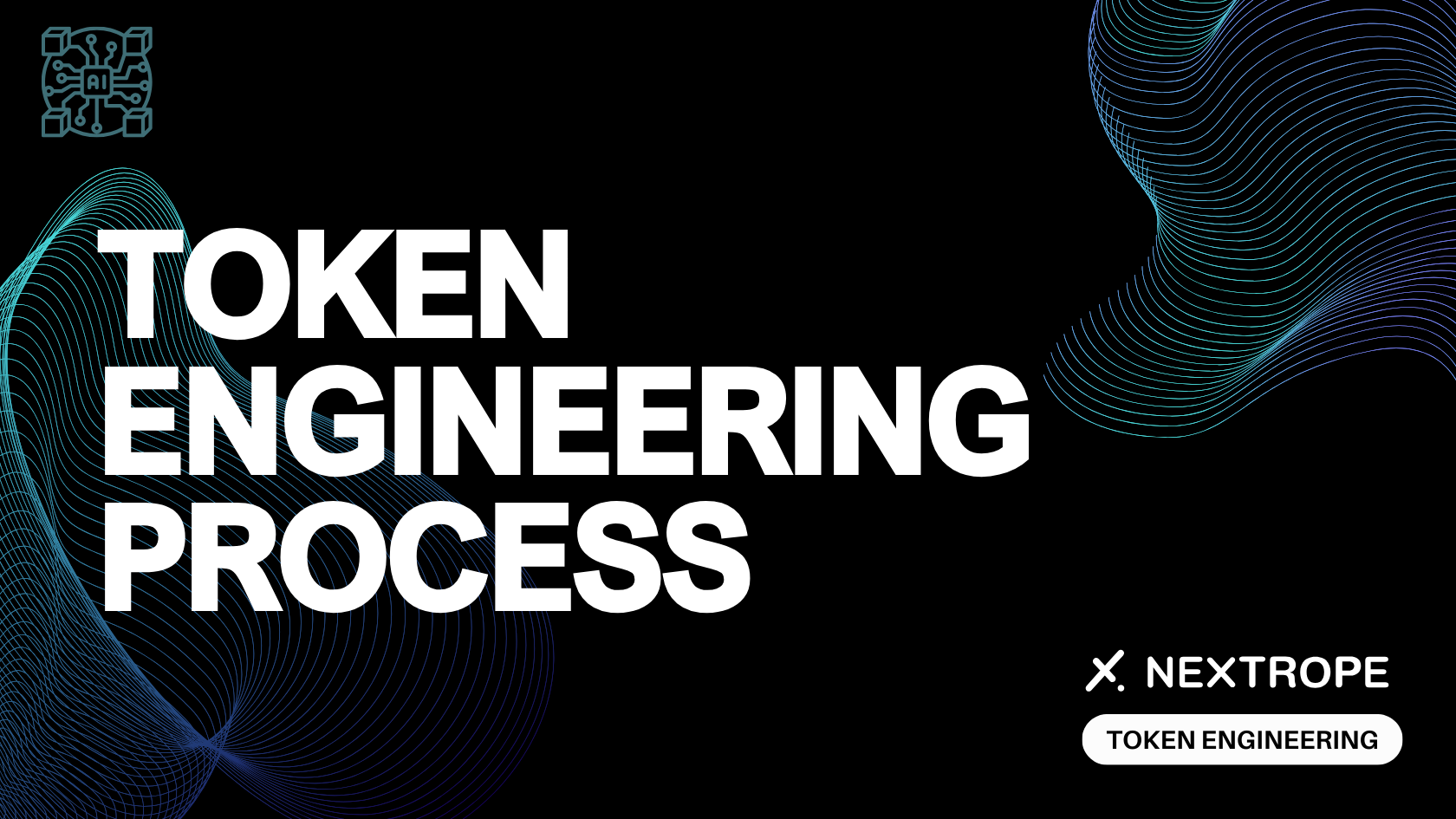NFTs - 2021 was their year. The world went crazy searching for new NFT projects to generate record secondary sales revenue. What will 2022 bring? This article summarizes everything you need to know about the upcoming NFT trends.
NFT boom
Surprisingly, NFT tokens are older than many would expect. It was in 2014 when the first NFT token - rainbow Bitcoin was created. The project didn't get even a fraction of the attention gained by its fungible cousin. ERC-721, a non-fungible token's standard on Ethereum, initially suffered the same fate. While fungible ERC-20 quickly became a fundament of the DeFi industry, ERC-721 remained relatively unknown, without any significant use-cases on a horizon.
Things began to change with an inconspicuous collectible game - CryptoKitties. Created by DapperLabs, the game was the first commercial use of ERC-721 tokens and NFT in general. Essentially, it allows players to buy, collect, and sell virtual kitties. The game is based on a simple collectible game pattern, yet with a blockchain technology twist. All the collectibles are stored as non-fungible tokens; moreover, exchanges and transactions in-game are facilitated on a blockchain. The game quickly gained tremendous popularity in the crypto community, bringing DapperLabs revenue of 200 million in just a few months.
How NFT ownership became a thing in 2021
The game was a breakthrough for NFTs that accelerated processes that later resulted in worldwide usage and mainstream popularity of this technology. Yet, the true boom in the non-fungible assets market began only in 2021. NBA’s opening their NFT marketplace, digital artist Beeple on Sotheby's auctions, or astronomic values of virtual land plots in Axie's Infinity - those events got an immersive coverage in conventional media and attracted the public attention to NFT for good.
Suddenly, underrated non-fungible tokens became the most discussed element of the blockchain world. Masses of people who had never been interested in Blockchain started searching for new collections, buying tokens, and discussing the most efficient strategies.
With such a boom in popularity, NFT ventures flourished. Dozens of new collections were created every day. Crypto punks, Bored apes yacht club, Axie Infinity- to name a few - with the highest sales volume. NFT digital art started being displayed in museums all over the world. At some point, NFT collectibles crossed with gaming resulting in exciting NFT gaming projects and redefining the play-to-earn concept. Moreover, Ethereum blockchain more and more often began to be replaced by more efficient solutions, such as Polygon or Solana.
With such dynamic development in 2021, one question became inevitable: what will 2022 bring? What will be the hottest NFT trends in 2022?
NFT hottest trends for 2022
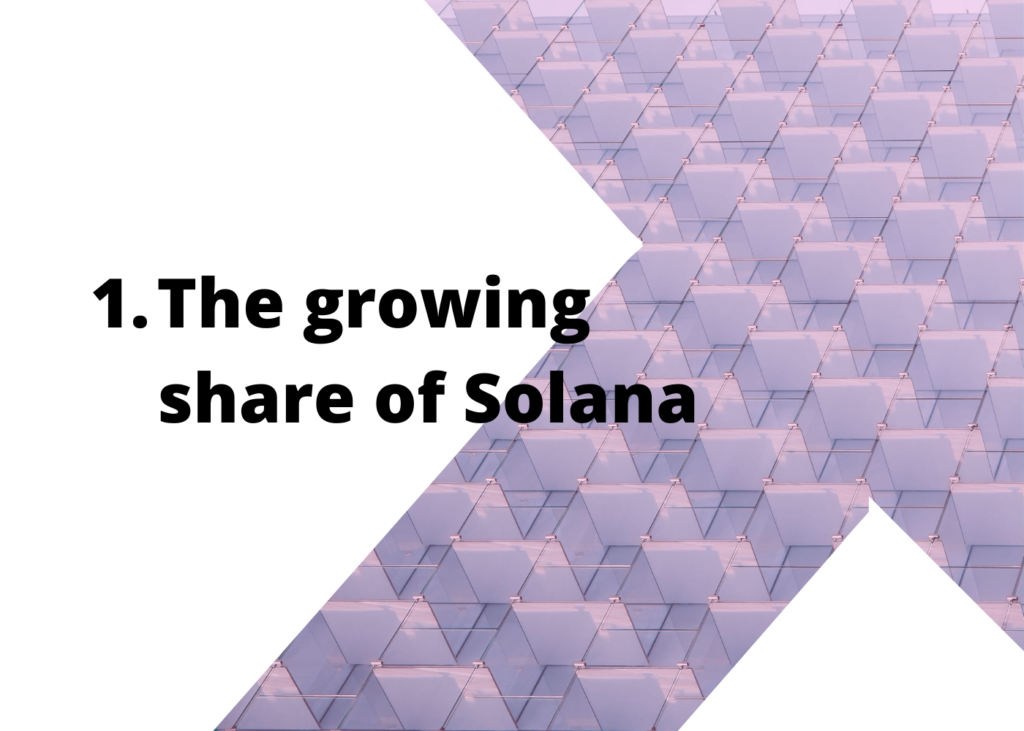
1. The growing share of Solana
Solana is a third-generation blockchain that, unlike other blockchains, uses a hybrid consensus algorithm. To be more precise, it combines proof-of-history (PoH) with proof-of-stake (PoS). Due to that, it can process over 50,000 transactions per second. To compare, Ethereum can't handle more than 30 at the same time.
Launched in 2020 by the Solana foundation, Solana Blockchain aims to solve scaling problems that struggle with most current blockchain protocols. Its main objective is to support DeFi ecosystem growth by fitting in the so-called blockchain trilemma: decentralization, security, and scalability.
Combining those three factors seems to be the holy grail of the blockchain world. Many projects succeed in supporting one or even two of the factors but fail when it comes to others. Solana engineers believe that they have implemented all three.
Solana NFTs
OK, so we have a fast, very promising blockchain with quickly increasing popularity. Why shouldn't we use it for NFT minting? Many recently emerged NFT ventures prove that it might be a fantastic idea.
What new possibilities can the Solana ecosystem bring to the world of NFTs? Think about 3D NFT or whole NFT-based games with mechanics primarily performed on-chain. Because of high gas prices, it would never be possible on Ethereum. The low fees and high speed that Solana offers may open entirely new doors for NFT development.
Ethereum pushed aside
Ethereum is still the leading Blockchain among NFT ventures. Yet, according to many analyses, including the one done by JPMorgan, it's substantially losing its share.
According to the bank's report, in 2021, Ethereum's market share of NFTs has dropped from about 95% to around 80%. The same publication stated that the Solana blockchain captured most of the lost volume share.
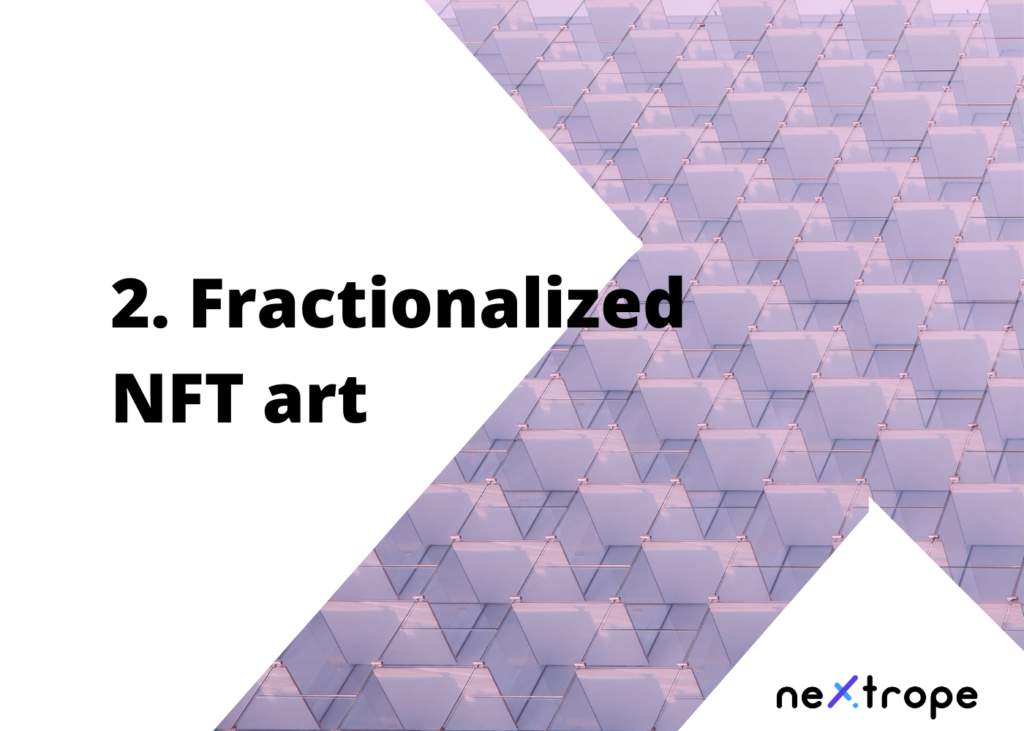
2. Fractionalized NFT art
Offering fractionalized NTFs of real-world artworks is one of the most prominent trends on the NFT market that might fill the gap between traditional art and its new redefined form that NFTs initially proposed. For centuries the art market was associated with lucrative investment opportunities. Yet, what has been stopping ordinary investors were high entry barriers. Investing in Picasso or Rothko can generate vast profits, but thinking realistically, how many people would be able to afford them? What fractionalized NFTs offer is the democratization of high art investment.
Filling the gap between real-life's and digital art
Notwithstanding how futuristic it may sound, the trend already has its beginning with STO's boom and tokenization project backed by art. For example, in 2021, Switzerland-based digital asset bank - Sygnum and art investment business - Artemundi teamed up to mint 4,000 security tokens backed in Picasso's Fillette au béret. Each could be bought for a fraction of the full artwork value. However, if we wanted to distinguish the beginning of art's tokenization, we'd have to go back to 2017 when Maecenas tokenized Andy Warhol's 14 Little Electric Chairs.
Essentially, those projects didn't differ substantially from other tokenization of unconventional assets, such as cars or precious metals. Furthermore, it is notable that in both cases, fungible tokens were used, which means that every single one of them has an equal value and can be traded directly for another. At the same time, none of them represent a particular part of an artwork. But this matter can be changed by applying NFTs.
What NFTs bring to the art world
What differentiates NFT's art tokenization and the one facilitated by fungible tokens is the fact that the first one involves "dividing" an artwork into pieces and minting tokens that represent them. Here every token is unique and represents different parts of an artwork. NFTs give that extra layer of uniqueness that previous forms of fractionalized art ownership were missing.
The relationship between pop art and NFTs is rather obvious; therefore, it shouldn't be surprising that one of the first artworks tokenized was the one created by a true contemporary pop art icon - Banksy. In 2020, Exposed Wall extracted his mural, Gorilla in a Pink Mask, from one of the buildings in Bristol and tokenized it into 10,000 fractionalized NFTs. Each was sold for $750, which made an ordinary consumer buy their unique part of a piece created by one of the most influential artists of our time.
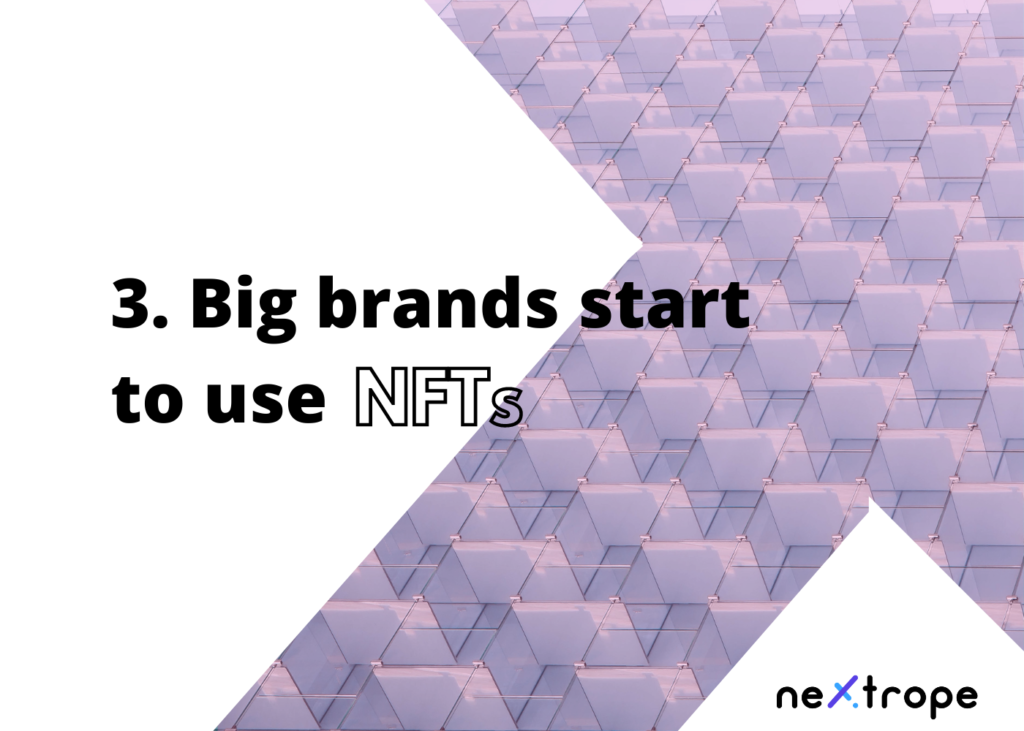
3. Big brands start to use NFTs
It's quite a common pattern for new technology solutions that the success of smaller projects eventually attracts the greatest of this world. NFTs, for sure, aren't an exception.
Currently, more and more brands are starting to explore opportunities that NFTs can bring them. So far, leading industries are fashion and, surprisingly, food. Companies such as Gucci, Louis Vuitton, and even McDonald's or Taco Bell have already released their limited digital collectibles. For big brands, minting NFTs allows them to build stronger brand awareness and increase customer engagement.
What's important, such projects stimulated the significant interest of NFT holders. A great example of that is Pringles, which created a limited collection of NFT crisps with "virtual flavor." Limited to just 50 versions, tokens were sold by the company for the price of the normal pack of crisps - $2. But today, their price hovers around 4 ETH on OpenSeaand Rarible.
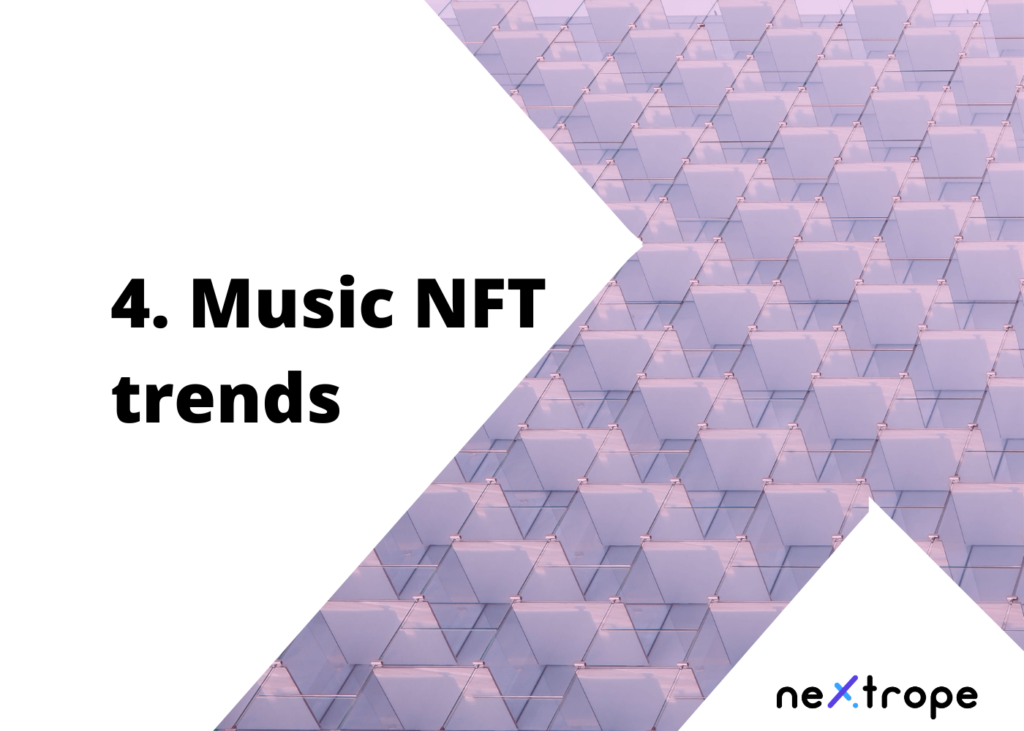
4. Music NFT trends
The music industry is another branch where we're likely to see more and more applications of NFTs coming this year. Artists all over the world started to notice and use the potential of this technology, which allows them not only to embrace their relationship with fans but also creates new revenue streams.
American band Kings of Leon was one of the first to leverage this technology in the industry. Their eighth studio album, When You See Yourself, was released in March 2021 as an NFT token. The sale of NFTs, in which the company Yellow Heart was represented, ended on March 19, generating over $2 million in revenue.
The NFT tokens released by the band in many ways resemble the typical merch of artists: they guarantee access to future concerts, covers, or a limited vinyl edition. The applied technology makes NFT tokens unique. Because NFT tokens use smart contracts, a set of rules may be taken into account by their creator to determine what should happen when an NFT is used or changes hands. It is precisely this aspect of NFT tokens that is the most valuable for the music industry.
Thanks to NFT tokens, musicians can retain direct ownership of the rights to the song and collect royalties for playback and sales without the intervention of intermediaries.
NFT music market flourishes
Kings of Leon were quickly followed by other prominent artists who decided to release their own NFT collections or even whole albums saved as non-fungible-tokens. In 2022 this trend will be even more visible as today artists don't have to launch their own page to sell NFTs; instead, they can use one of the already created NFT marketplaces.
Band Royalty NFTs is an excellent example of such a venture. This music NFT marketplace not only enables musicians to release their music in the form of NFT, but also allows them to earn a share of income every time their song is played.
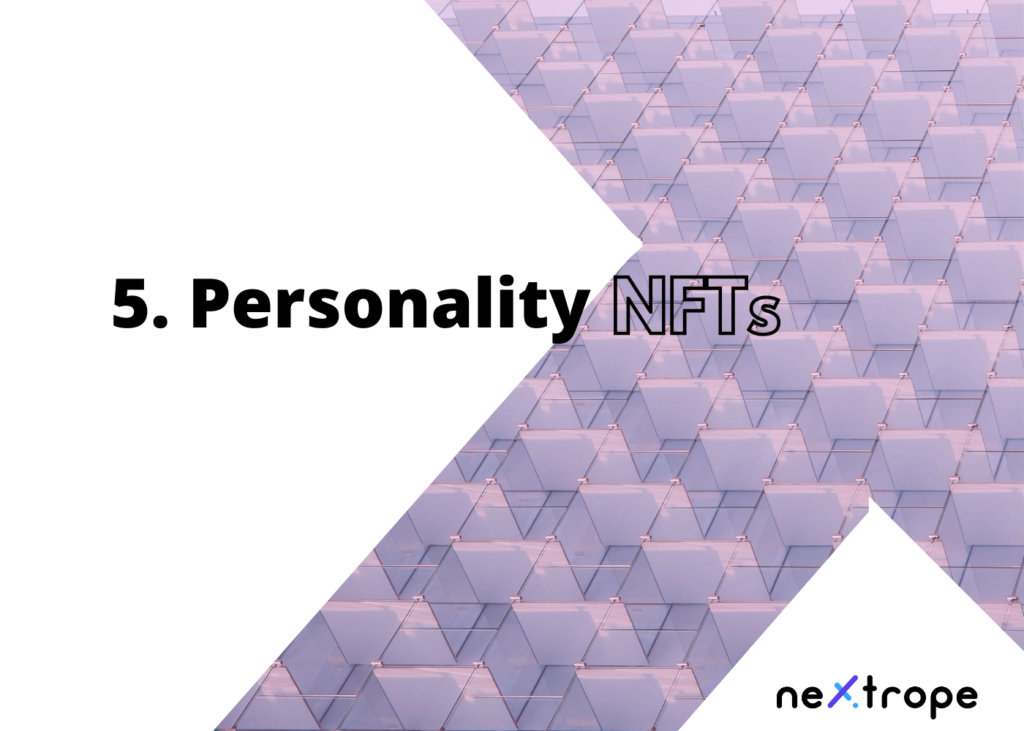
5. Personality NFT
Apps that enable artists to perform as an NFT personality could be the next big thing in 2022. "I think this year [2022] we'll definitely start seeing more of these personalities that are NFTs," says Jace Kay, Bored Ape Yacht Club and Stereoheadz founder.
Substituting your real-life personality with digital isn't something new for musicians and other stage performers. Yet, what was started by Gorillaz in 1998, is now being taken to a new level in NFT space.
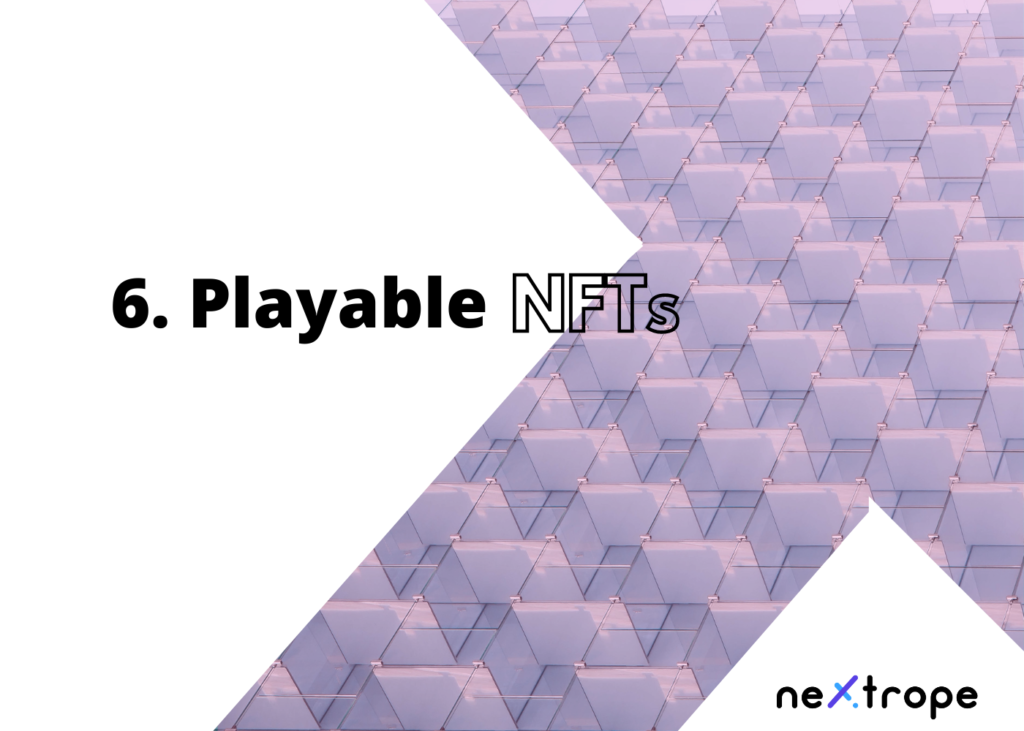
6. Playable NFTs
NFT games might be the hottest trend in the gaming industry right now. As we mentioned before, the current NFT boom started with a game. Therefore the link between non-fungible tokens and the gaming industry seems almost natural.
The gaming industry is a powerful branch fueled by its consumers' passion. When gamers launch their favorite title, they immerse themselves in a new, alternative world. A quick look at the most popular games of the last decade, like League of Legends, Fortnite, or Counter-Strike, should be enough to see how modern gamers care about their characters, skins, and other in-game items. They treat them as an extension of their creative self. And what's important, they can pay a lot for it.
The games have shown us how far beyond the real world urge to build a collection of unique items can go. But do the purchased gaming collectibles become their property? Do these items differ somehow from the ones possessed by others? What is the actual value of an asset? Often, the answer is not so simple. In 2021, NFTs showed us that they might change that.
Everywhere where users collect and trade in-game assets, NFTs can highly improve their experience. Essentially, they assure players about the authenticity and scarcity of gaming assets allowing them to keep full ownership of the purchased assets.
Collectible games seem to be a perfect environment for NFTs. That's why we have seen a rapid growth of projects of such type during the last year. Yet, the potential of NFT gaming solutions goes far beyond them. Just think about online board games or PVP battle games.
Hottest NFT trends - time for your move?
Currently, the NFT market is the fastest developing branch of the DeFi world. Since 2021, we've been observing an actual boom in the NFT space. Thanks to blockchain technology, new possibilities are constantly emerging, and we can expect even more groundbreaking implementations in 2022.
Last years’ experience shows that even the most prominent companies are not afraid to stray from the path, and introduce innovations. NFT can become one of them. Obviously, in some industries, a more expansive use is only a song of the future, but all signs point to it happening quicker than we may anticipate.
Are you thinking about your own NFT project? In the industry, there is still a lot of space for development, so this may be the perfect moment. Consult our experts at Nextrope for free. Contact us at contact@nextrope.com.
 en
en  pl
pl 
